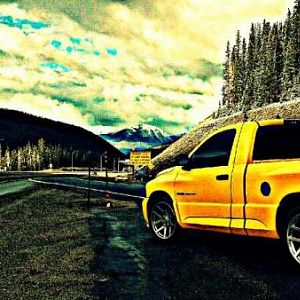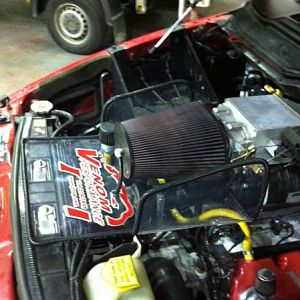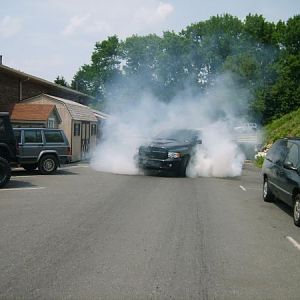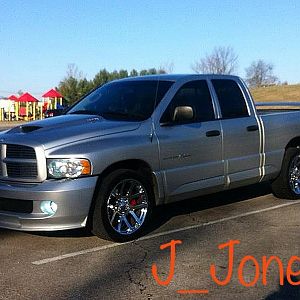jrgnd
Full Access Member
- Joined
- May 19, 2006
- Messages
- 2,567
- Reaction score
- 0
Demon 8 said:Wait a minute are you guys telling me that I am virtually guaranteed to blow my engine if I am boosted or not. What is the highest mileage from our members without a problem...boost and n/a
30,383 miles....Blower and 100 lean shot of nitrous(That is corrected now) on since the 10,000 miles...
I have only used Amsoil and Lucas Synthetic stabilizer on every oil change AND use the Amsoil engine cleaner every other oil change. I know this two steps are frown upon but my engine is still running. My logic behind this two steps is that if you want to avoid detonation, your tune has to be on the richer side. The richer your mix, the more carbon buildup, the more carbon buildup, the dirtier the oil, the dirtier the oil, the less effective it is. Hence the need for the stabilizer and the every other oil change scrub.
I also don't drag race it with oil temp above 150 at launch. By the time it gets thru the quarter it's above 180. This is all to avoid detonation.
My transmission and rear also use Amsoil. Besides my dumb attempt to spray a 150 shot on top of the blower(It made 783 TQ at 3100 RPMs before killing the pull), my tranny took everything pretty well. $2500.00 dollars later my tranny is back like new.
I change my tranny fluid every 5000 miles. My rear end every 10000 miles or earlier.
Please understand I am not Jack(FSTJACK), John(SILVERBACK) or very mechanically inclined, but I like to read and have vivid imagination and usually those two things get me thru most of my issues.
Also, if you are a believer you can attribute my truck's long life to all the Blessings and Prayers that my grandma says when I walk out that door and hop on the truck. I sure do....





